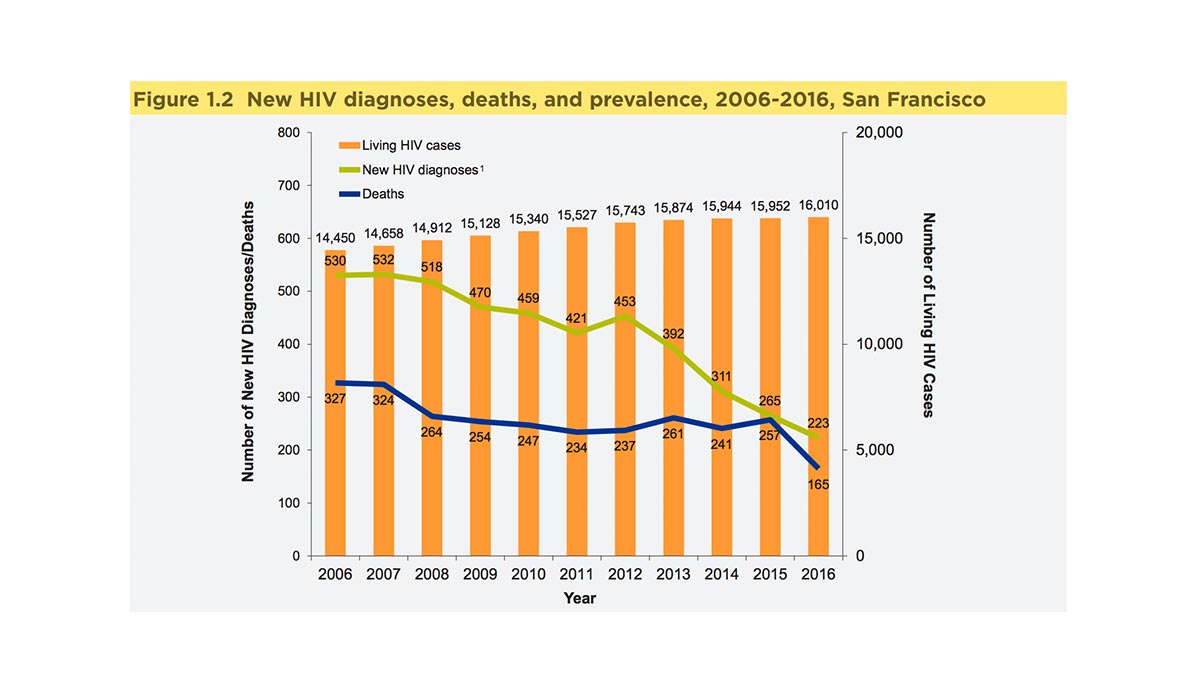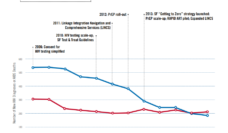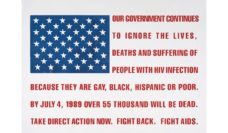San Francisco has made steady progress toward fulfilling its goals of achieving zero HIV deaths, zero new infections, and zero stigma by 2020. These goals are aligned with the UNAIDS Fast-Track strategy for reaching the three zeros globally.
In its annual report for 2016, the San Francisco Department of Public Health’s HIV Epidemiology section summed up data on new and existing HIV infections and HIV-related deaths in the city. According to the figure above, the number of new HIV diagnoses decreased steadily between 2007 and 2012, when there was a brief uptick in new cases. By 2013, incidence resumed its downward trajectory. The number of people living with HIV went up gradually each year due to life-saving treatment. HIV-related deaths held fairly steady between 2008 and 2015 before dropping dramatically in 2016.
Getting to Zero SF specifically aims to reduce HIV infections and deaths in San Francisco by 90%. The campaign’s strategy includes improving access to PrEP (pre-exposure prophylaxis), expanding the city’s hubs for RAPID (Rapid Antiretroviral Therapy Program for HIV Diagnoses) participation, and encouraging action to keep patients in care and improve their treatment adherence.
Despite the city’s progress, vulnerable groups in San Francisco continue to be heavily affected by HIV. For example, only 31% of the homeless population reached undetectable blood levels of HIV in 2016. In order to reach zero, agencies in San Francisco will have to tackle its housing crisis as a part of its HIV strategy.
Databyte via HIV Epidemiology Annual Report 2016. San Francisco Department of Public Health Population Health Division.
Feature image graph: HIV Epidemiology Annual Report 2016, San Francisco Department of Public Health Population Health Division.














